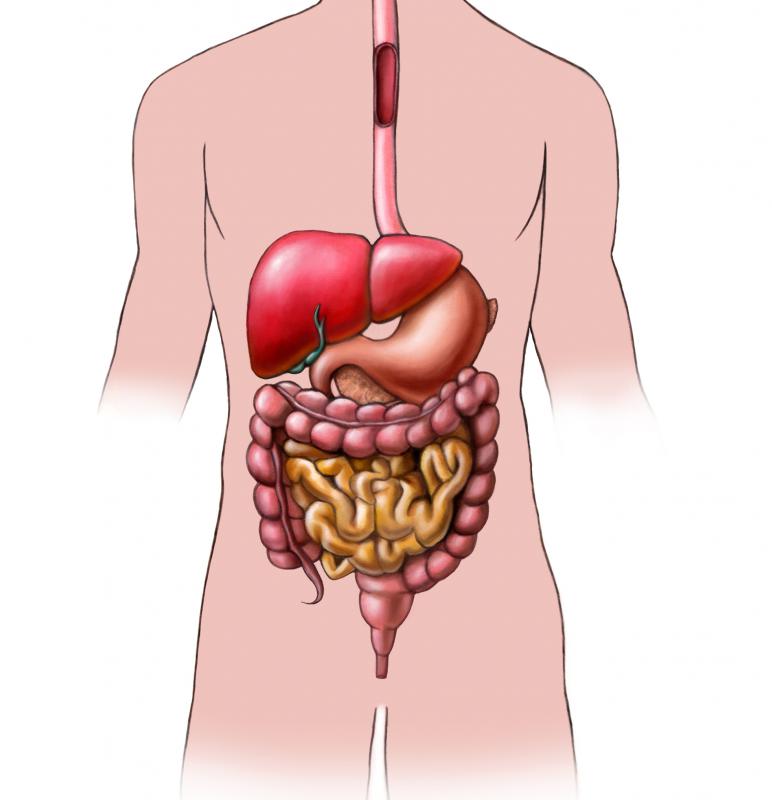At WiseGEEK, we're committed to delivering accurate, trustworthy information. Our expert-authored content is rigorously fact-checked and sourced from credible authorities. Discover how we uphold the highest standards in providing you with reliable knowledge.
What is an Esophageal Manometry?
Esophageal manometry, also known as esophageal motility or function studies, is a test that measures how the lower section of the esophagus is functioning. Specifically, it tests the valve that stops stomach acids from refluxing into the esophagus, called the lower esophageal sphincter, and the esophagus muscles. By completing esophageal manometry, medical doctors can determine if a patient’s esophagus can properly move food into the stomach. After esophageal manometry, if a problem is found, the doctor can them move forward and prescribe a treatment to help the patient with her disorder. The test will be most commonly performed for people who are suffering from gastroesophageal reflux disease (GERD), problems swallowing, heartburn, and chest pains.
In order to understand how esophageal manometry is performed, a little background information is useful. When someone swallows, the muscles of the esophagus contract and push the food into the stomach. Sphincters or valves open to let the food pass through the esophagus, and then close again to stop stomach acids from moving back into the esophagus.

When a person undergoes esophageal manometry, a thin tube that is sensitve to pressure is slid through the nose or the mouth until it reaches the stomach. Then, the tube is slowly retracted back into the esophagus. Once in place, the patient is asked to swallow. The tube is designed to measure and record the pressure of the esophageal muscles as they contract. In all, the test can be completed in about 60 minutes.
Doctors will review the steps that a patient should take prior to esophageal manometry. Usually, she will be instructed not to drink or eat anything for the four to eight hours leading up to the test. The day before the test most patients are told not to take any calcium channel blockers or nitrate products. In addition, sedatives are not advised for the 12 hours before the test time; however, a patient should not stop any medication without the advice of her doctor first.
In the best circumstances, the esophageal manometry test results will be normal. This means that there is normal pressure and contractions of the esophagus muscles when the patient swallows. But, there is also a chance that the results will be abnormal. In that case, the patient may suffer from esophageal spasms, poor esophageal muscle coordination, or achalasia, a disorder affecting the esophagus.
The risks associated with esophageal manometry are low. Most patients will experience a gagging sensation when the tube is set into place. In addition, saliva production may increase. This can lead to aspiration or even aspiration pneumonia.
AS FEATURED ON:
AS FEATURED ON:











Discuss this Article
Post your comments